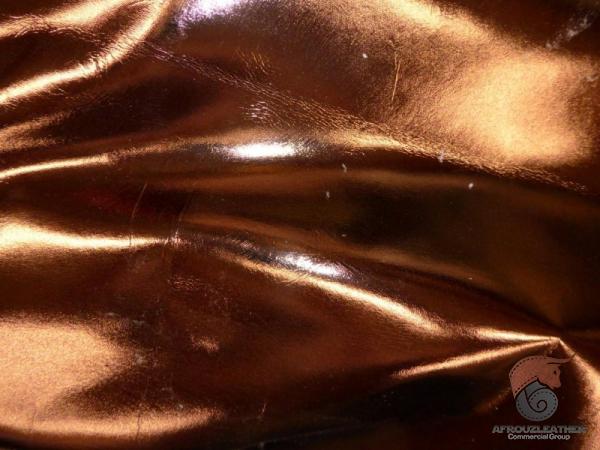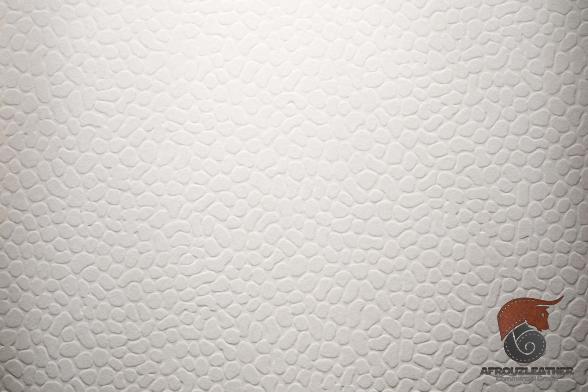Suede leather and conventional leather are both popular materials used in the production of various products, particularly in the fashion and furniture industries. While they are derived from the same source, which is the hide of animals, there are significant differences between suede and regular leather in terms of their appearance, texture, durability, and usage. In this article, we will explore these differences to help you gain a better understanding of these two materials and make informed decisions when it comes to choosing between suede leather and regular leather. 1. Definition and Manufacturing Process: – Suede Leather: Suede leather is made from the underside of the hide, typically sourced from animals like cows, goats, sheep, and pigs. The process involves splitting the thicker top grain layer from the hide, leaving a softer, more pliable material. This suede material is then buffed or sanded to create a nap-like texture, giving it a unique look and feel. – Regular Leather: Regular leather, on the other hand, is derived from the top grain layer of the animal hide.
leather
 To produce regular leather, the hide is tanned and treated with various chemicals to preserve and enhance its longevity. The result is a strong, durable material with a smooth surface that showcases the natural grain pattern. 2. Appearance: – Suede Leather: Suede leather has a distinctive soft and fuzzy texture due to the buffing process, which creates a nap on the surface. This nap gives it a velvety appearance, adding a touch of luxury and sophistication to products made from suede. It is available in a wide range of colors and is often associated with a more casual and relaxed style. – Regular Leather: Regular leather, on the other hand, is known for its smooth and polished surface. It allows the natural grain of the hide to be visible, which adds character and uniqueness to each piece. Regular leather is available in various finishes, including natural, aniline, semi-aniline, and pigmented finishes, allowing for different levels of sheen and color intensity. 3. Texture: – Suede Leather: Suede leather’s texture is soft, supple, and velvety to the touch. The nap creates a brushed appearance, making it feel luxurious and comfortable against the skin.
To produce regular leather, the hide is tanned and treated with various chemicals to preserve and enhance its longevity. The result is a strong, durable material with a smooth surface that showcases the natural grain pattern. 2. Appearance: – Suede Leather: Suede leather has a distinctive soft and fuzzy texture due to the buffing process, which creates a nap on the surface. This nap gives it a velvety appearance, adding a touch of luxury and sophistication to products made from suede. It is available in a wide range of colors and is often associated with a more casual and relaxed style. – Regular Leather: Regular leather, on the other hand, is known for its smooth and polished surface. It allows the natural grain of the hide to be visible, which adds character and uniqueness to each piece. Regular leather is available in various finishes, including natural, aniline, semi-aniline, and pigmented finishes, allowing for different levels of sheen and color intensity. 3. Texture: – Suede Leather: Suede leather’s texture is soft, supple, and velvety to the touch. The nap creates a brushed appearance, making it feel luxurious and comfortable against the skin.
Specifications of leather
 However, the nap can flatten over time with wear and may require regular brushing to maintain its softness and appearance. – Regular Leather: Regular leather has a smooth and firm texture, providing a more substantial and structured feel. It is less prone to wrinkles and creases, maintaining its shape over time. Regular leather also tends to become more supple and develop a patina with age, which adds to its character and uniqueness. 4. Durability: – Suede Leather: Suede leather is generally considered less durable than regular leather. Its softer and more delicate nature makes it susceptible to scratching, staining, and water damage. Suede products require extra care and maintenance to prevent potential damage. Specialized suede brushes and erasers are often used to remove marks and stains, and protective sprays can be applied to repel water and stains. It is also worth noting that suede leather may not be the best choice for high-traffic or outdoor environments due to its sensitivity to moisture and dirt. – Regular Leather: Regular leather, being a more robust material, is typically more durable and long-lasting than suede leather. It is resistant to scratches, abrasions, and general wear and tear. Regular leather can withstand harsher conditions and is relatively easy to clean and maintain.
However, the nap can flatten over time with wear and may require regular brushing to maintain its softness and appearance. – Regular Leather: Regular leather has a smooth and firm texture, providing a more substantial and structured feel. It is less prone to wrinkles and creases, maintaining its shape over time. Regular leather also tends to become more supple and develop a patina with age, which adds to its character and uniqueness. 4. Durability: – Suede Leather: Suede leather is generally considered less durable than regular leather. Its softer and more delicate nature makes it susceptible to scratching, staining, and water damage. Suede products require extra care and maintenance to prevent potential damage. Specialized suede brushes and erasers are often used to remove marks and stains, and protective sprays can be applied to repel water and stains. It is also worth noting that suede leather may not be the best choice for high-traffic or outdoor environments due to its sensitivity to moisture and dirt. – Regular Leather: Regular leather, being a more robust material, is typically more durable and long-lasting than suede leather. It is resistant to scratches, abrasions, and general wear and tear. Regular leather can withstand harsher conditions and is relatively easy to clean and maintain.
buy leather
 With proper care and regular moisturizing, regular leather products can last for many years and even develop a desirable patina over time. 5. Usage: – Suede Leather: Suede leather is commonly used in the fashion industry for various items like jackets, shoes, bags, and accessories. Its soft texture and velvety appearance make it particularly popular for creating stylish and comfortable products. Suede is also used in the furniture industry for upholstery, providing a warm and cozy aesthetic. However, due to its sensitivity to moisture and staining, suede is usually avoided in products that may come into contact with liquids or require regular cleaning. – Regular Leather: Regular leather has a wide range of applications due to its durability and versatility. It is commonly used in the production of furniture, shoes, handbags, belts, wallets, and car interiors, among other things. Regular leather’s ability to withstand wear and tear, as well as its classic and elegant appearance, make it a popular choice for both functional and fashionable products. 6. Price: – Suede Leather: Suede leather is generally less costly than regular leather. The manufacturing process requires less labor and time compared to regular leather, resulting in a lower price point. However, the price can vary depending on the quality of the suede and the brand producing it. – Regular Leather: Regular leather is typically more expensive than suede leather. The tanning and treatment processes involved, as well as the higher durability and longevity of regular leather, increase its production cost. Different types and grades of regular leather can also impact the price range. In conclusion, suede leather and regular leather offer distinct characteristics and advantages depending on the desired use and personal preference. Suede leather is known for its soft texture and luxurious appearance, while regular leather offers durability, longevity, and a more polished look. Consider factors such as purpose, maintenance, and budget when choosing between suede leather and regular leather to ensure the right material for your specific needs.
With proper care and regular moisturizing, regular leather products can last for many years and even develop a desirable patina over time. 5. Usage: – Suede Leather: Suede leather is commonly used in the fashion industry for various items like jackets, shoes, bags, and accessories. Its soft texture and velvety appearance make it particularly popular for creating stylish and comfortable products. Suede is also used in the furniture industry for upholstery, providing a warm and cozy aesthetic. However, due to its sensitivity to moisture and staining, suede is usually avoided in products that may come into contact with liquids or require regular cleaning. – Regular Leather: Regular leather has a wide range of applications due to its durability and versatility. It is commonly used in the production of furniture, shoes, handbags, belts, wallets, and car interiors, among other things. Regular leather’s ability to withstand wear and tear, as well as its classic and elegant appearance, make it a popular choice for both functional and fashionable products. 6. Price: – Suede Leather: Suede leather is generally less costly than regular leather. The manufacturing process requires less labor and time compared to regular leather, resulting in a lower price point. However, the price can vary depending on the quality of the suede and the brand producing it. – Regular Leather: Regular leather is typically more expensive than suede leather. The tanning and treatment processes involved, as well as the higher durability and longevity of regular leather, increase its production cost. Different types and grades of regular leather can also impact the price range. In conclusion, suede leather and regular leather offer distinct characteristics and advantages depending on the desired use and personal preference. Suede leather is known for its soft texture and luxurious appearance, while regular leather offers durability, longevity, and a more polished look. Consider factors such as purpose, maintenance, and budget when choosing between suede leather and regular leather to ensure the right material for your specific needs.

Your comment submitted.